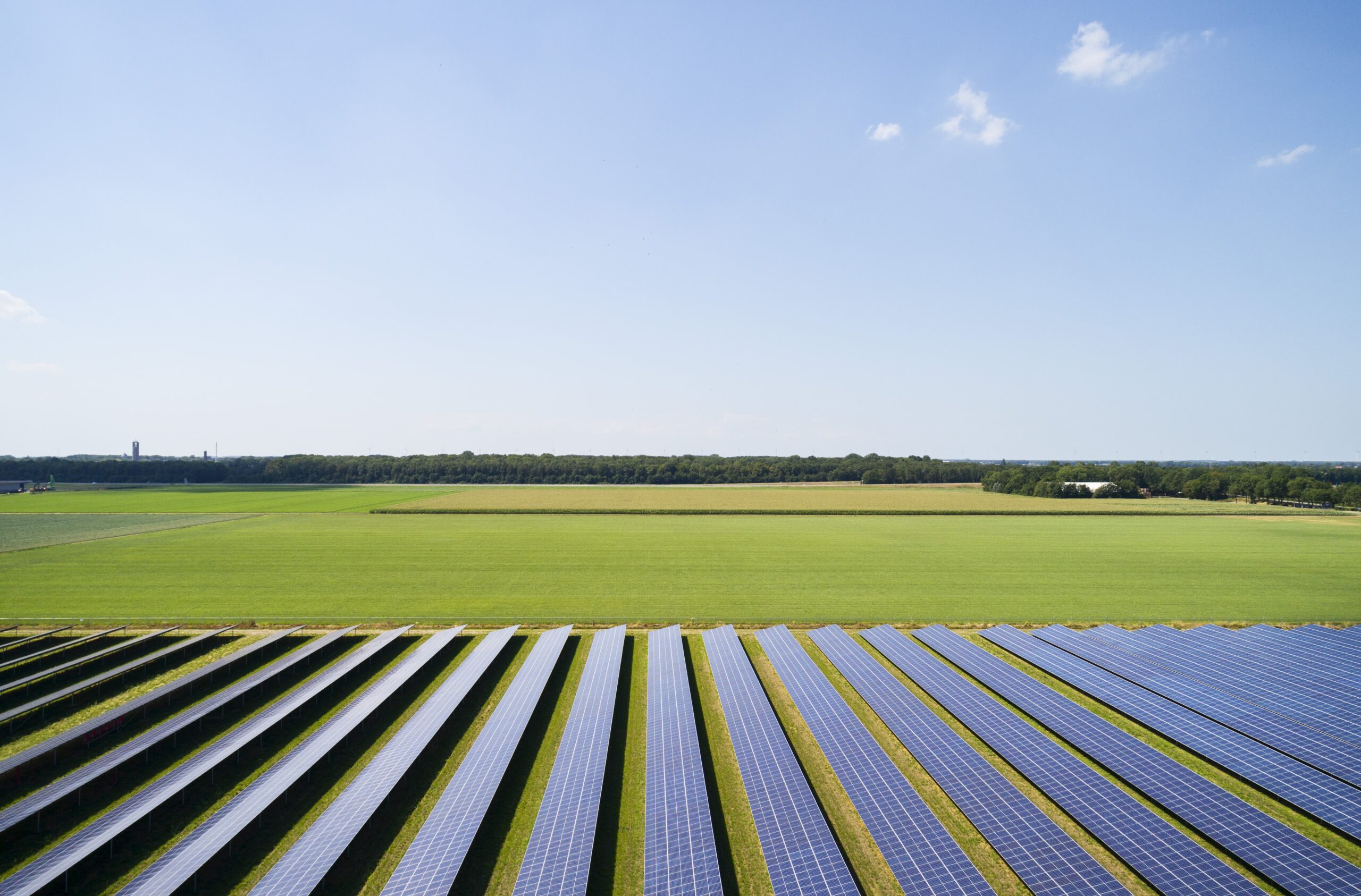Current Residential Electricity Consumption
The U.S. Energy Information Administration (EIA) projects that in 2025, residential electricity consumption will reach approximately 1,524 billion kilowatt-hours (kWh). With an estimated 143 million households in the U.S., this averages to about 10,657 kWh per household annually.
Solar Energy Production per Panel
The energy output of a solar panel depends on factors such as efficiency, geographic location, and local climate. A standard residential solar panel produces between 250 to 400 watts. Under optimal conditions, a 400-watt panel can generate approximately 1.5 kWh per day, totaling around 547.5 kWh annually.
Calculating the Number of Panels Required
To determine the number of solar panels needed to power all U.S. homes, we can perform the following calculation:
- Total Annual Residential Consumption: 1,524,000,000,000 kWh
- Annual Energy Production per Panel: 547.5 kWh
- Total Panels Required: 1,524,000,000,000 kWh / 547.5 kWh per panel ≈ 2.78 billion panels

Land Area Considerations
Assuming each panel occupies about 17.5 square feet, the total land area required would be:
- Total Area: 2.78 billion panels × 17.5 sq ft ≈ 48.65 billion sq ft
- Converted to Square Miles: 48.65 billion sq ft / 27,878,400 sq ft per sq mile ≈ 1,745 square miles
This area is slightly larger than the state of Rhode Island. However, by utilizing existing infrastructures such as rooftops, parking lots, and other underutilized spaces, the need for additional land can be significantly reduced.
Current Progress and Future Steps
As of May 2024, the U.S. surpassed 5 million solar installations, with projections to double this number by 2030. However, to achieve the goal of powering all homes with solar energy, several actions are essential:
- Enhanced Energy Efficiency: Reducing household energy consumption through efficient appliances and insulation decreases the overall energy demand.
- Advancements in Solar Technology: Investing in research to improve solar panel efficiency and storage solutions will maximize energy production and reliability.
- Supportive Policies and Incentives: Implementing favorable policies, such as tax credits and net metering, can encourage widespread adoption of solar energy.
- Infrastructure Development: Upgrading the electrical grid to accommodate decentralized solar energy inputs and investing in energy storage systems to manage variability.

To Summarize:
- 🏡 Total U.S. residential electricity demand (2025):
1.524 trillion kWh - 🔌 Average household electricity use:
10,657 kWh/year - ☀️ Average annual output per solar panel (2025):
547.5 kWh/panel - 🔋 Total solar panels required to meet household demand:
~2.78 billion panels - 🏠 Panels needed per home (average):
~19.5 panels - 🌎 Land area required (if ground-mounted):
~1,745 square miles (about the size of Rhode Island) - 🌤️ Current solar energy production (2025):
~264 billion kWh/year - ⚖️ Percent of household demand currently met by solar:
~17% - 🚧 Remaining energy gap to close:
~83%
Conclusion
Transitioning to solar energy to power every American home is an ambitious but achievable goal. With advancements in technology, supportive policies, and a focus on energy efficiency, the U.S. can move towards a more sustainable and resilient energy future.
Sources:
- Qcells
https://us.qcells.com/blog/solars-next-chapter-what-lies-ahead-in-2025/ - EIA
https://www.eia.gov/tools/faqs/faq.php?id=97&t=3 - Reuters
https://www.reuters.com/business/energy/us-power-use-reach-record-highs-2025-2026-eia-says-2025-02-11/ - Energysage
https://www.energysage.com/solar/what-are-the-most-efficient-solar-panels-on-the-market/ - CNET
https://www.cnet.com/home/energy-and-utilities/most-efficient-solar-panels/










